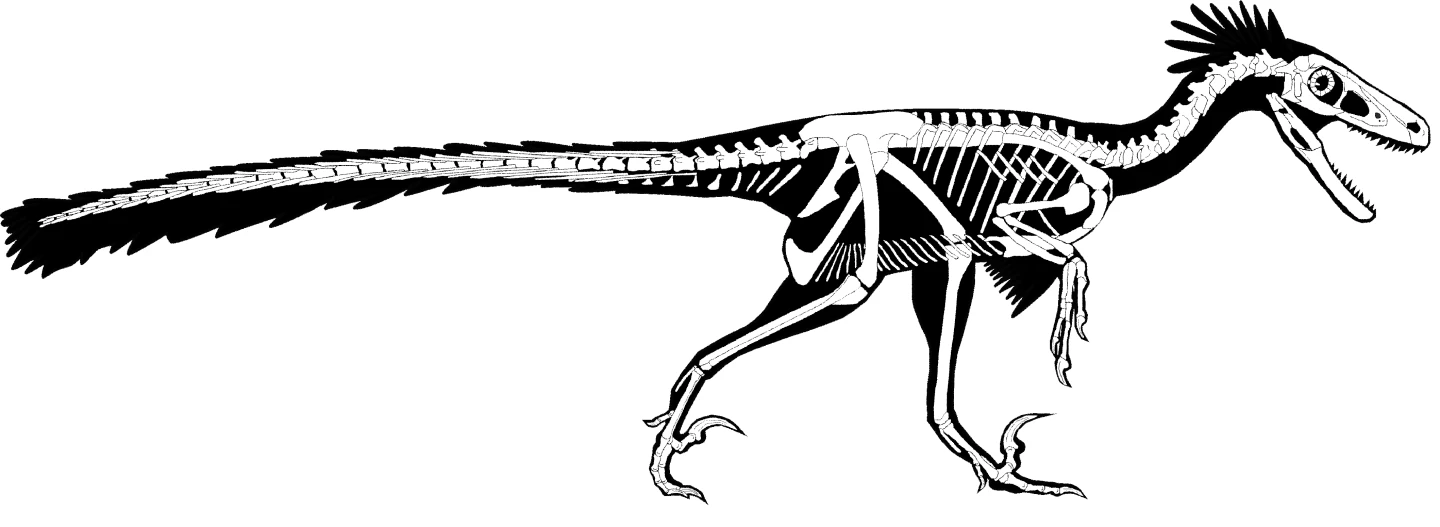Made famous in the movie Jurassic Park, the raptor dinosaurs are scientifically known as the dromaeosaurids. A newly-discovered member has recently been added the group, and it was likely one of the last raptors to exist.
The creature lived in what is now New Mexico approximately 67 million years ago, and has been named Dineobellator notohesperus – that's Latin for "Navajo warrior from the Southwest."
Fossilized bones of an individual Dineobellator were initially unearthed 12 years ago in New Mexico's San Juan Basin, by a team from the New Mexico Museum of Natural History and Science – that team was led by paleontologist Robert Sullivan. Over the next four field seasons, more of that animal's bones were excavated, resulting in an almost-complete specimen.
Headed by University of Pennsylvania researcher Steven Jasinski, a group of scientists then went on to describe the species, leading to its recent official designation as a previously-unknown type of raptor.

It stood about 3.5 ft (approx. 1 m) tall at the hip, measured six to seven feet long (1.8 to 2.1 m), and it had feathers – the latter assumption is based on "quill nobs" found on its forearms, to which feathers would have been anchored by ligaments. Those forearms also featured enlarged areas on the claws, that likely would have been used to hold onto prey.
Additionally, unlike the thoroughly rigid tails of other raptors, Dineobellator's tail was somewhat flexible at the base – a feature that definitely could have been advantageous.
"Think of what happens with a cat's tail as it is running," says Jasinski. "While the tail itself remains straight, it is also whipping around constantly as the animal is changing direction. A stiff tail that is highly mobile at its base allows for increased agility and changes in direction, and potentially aided Dineobellator in pursuing prey, especially in more open habitats."
A paper on the research was recently published in the journal Scientific Reports.
Source: University of Pennsylvania






